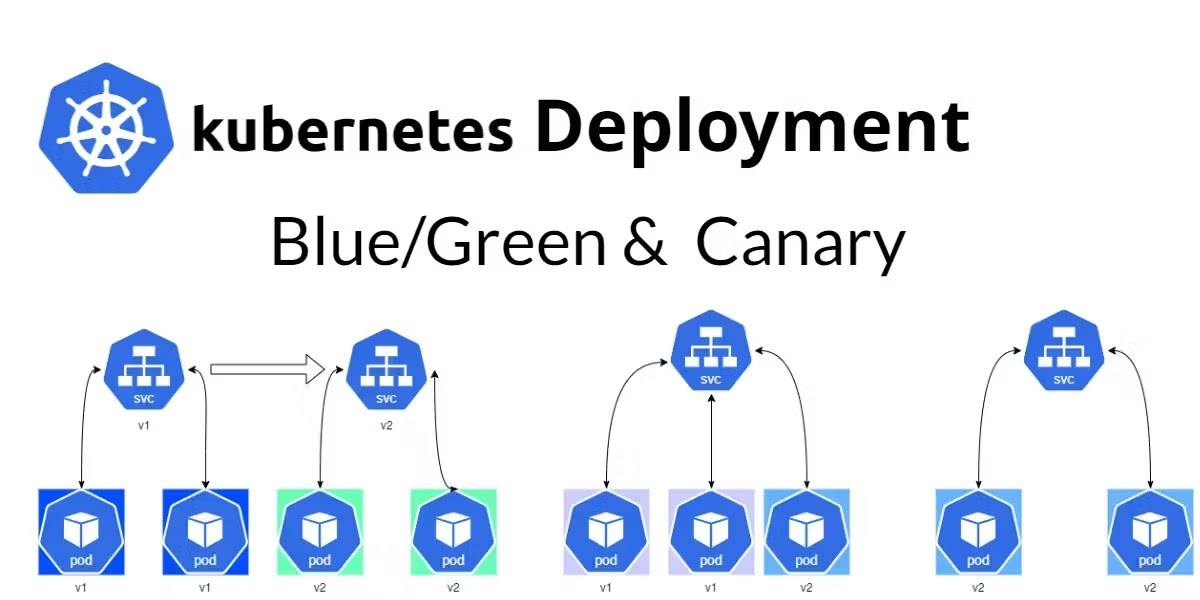Evolution of Cloud Technologies
How Cloud Computing is Evolving
Technology, Speed, and the Future
" ☁ Let's Discuss Cloud Evolution through time. "
==========================================================================
Cloud computing has transformed from a niche solution for hosting websites and storage to the backbone of modern digital infrastructure. Its journey over the years has been defined by rapid advancements in technology, ever-increasing speed, and innovation that has disrupted industries worldwide. In this blog, we delve into how cloud technology is evolving and what the future holds for this dynamic field.
The Evolution of Cloud Technology
1. Early Days: Virtualization and Infrastructure-as-a-Service (IaaS)
In its infancy, cloud computing focused on providing scalable infrastructure to businesses. Virtualization technology allowed for efficient use of physical servers, enabling Infrastructure-as-a-Service (IaaS). Companies like Amazon Web Services (AWS), Microsoft Azure, and Google Cloud became pioneers in delivering virtual machines, storage, and networking resources on demand.
2. The Rise of Platform-as-a-Service (PaaS) and Software-as-a-Service (SaaS)
As businesses demanded more than just infrastructure, the cloud evolved to offer Platform-as-a-Service (PaaS). PaaS solutions abstracted much of the complexity of managing underlying infrastructure, allowing developers to focus on building applications. Simultaneously, Software-as-a-Service (SaaS) became mainstream, delivering accessible, subscription-based software like Salesforce, Microsoft Office 365, and Google Workspace.
3. Serverless and Cloud-Native Architectures
The shift toward serverless computing marked a significant milestone in the evolution of cloud technology. With services like AWS Lambda, developers could deploy code without worrying about managing servers or scaling. Cloud-native architectures, leveraging containers and Kubernetes, allowed businesses to build highly scalable and resilient applications.
How Cloud Technology is Changing Today
1. Edge Computing
Cloud providers are moving closer to users with edge computing. By deploying servers at the "edge" of networks, providers like AWS with Outposts and Azure with Stack enable faster data processing, reduced latency, and support for real-time applications like IoT and autonomous vehicles.
2. Multi-Cloud and Hybrid Cloud Strategies
Organizations are increasingly adopting multi-cloud and hybrid cloud models to avoid vendor lock-in and ensure operational resilience. Tools like Kubernetes, Anthos, and Azure Arc are making it easier to manage workloads across multiple cloud platforms seamlessly.
3. Artificial Intelligence and Machine Learning Integration
Cloud providers are integrating AI and ML services to empower businesses with advanced analytics, predictive capabilities, and automation. Offerings like AWS SageMaker, Google AI Platform, and Azure Cognitive Services are democratizing AI and enabling organizations to innovate faster.
4. Quantum Computing in the Cloud
While still in its early stages, quantum computing is being integrated into cloud services. Providers like IBM, Google, and Microsoft are offering quantum platforms in the cloud, allowing researchers and developers to experiment with quantum algorithms without owning specialized hardware.
5. Sustainability Initiatives
As environmental concerns grow, cloud providers are prioritizing sustainability. Many are committing to renewable energy, carbon-neutral operations, and energy-efficient data centers. For example, Google Cloud has pledged to operate on carbon-free energy by 2030.
The Role of Speed in Cloud Evolution
1. Faster Data Transfer and Networking
The advent of 5G and high-speed fiber networks is accelerating cloud adoption by enabling faster data transfer and lower latency. Applications like augmented reality (AR), virtual reality (VR), and gaming rely heavily on these advancements.
2. Real-Time Analytics
Modern cloud platforms are focusing on real-time analytics. Services like AWS Kinesis and Azure Stream Analytics process massive amounts of data instantly, empowering businesses to make data-driven decisions on the fly.
3. Instant Scalability
Auto-scaling features have matured to the point where cloud applications can dynamically scale resources within seconds. This capability ensures consistent performance even during traffic spikes, such as Black Friday sales or viral marketing campaigns.
The Future of Cloud Computing
1. AI-Driven Cloud Automation
AI will play a pivotal role in automating cloud management tasks, such as scaling, performance optimization, and security monitoring. This will make cloud systems more efficient and reduce operational overhead.
2. Cloud-Integrated Blockchain Solutions
As blockchain technology matures, cloud providers are expected to offer more integrated solutions for decentralized applications, supply chain tracking, and secure data sharing.
3. Democratization of High-Performance Computing (HPC)
Cloud providers are making high-performance computing accessible to smaller organizations. Businesses can leverage HPC for complex simulations, genomic research, and advanced AI training without owning expensive infrastructure.
4. Enhanced Security Through Confidential Computing
Confidential computing—protecting data while it’s being processed—will become a standard feature in cloud services. This will enable industries like finance and healthcare to process sensitive data with greater trust.
5. Expansion of Serverless Ecosystems
Serverless computing will continue to grow, with more granular services and support for complex workflows. This will simplify application development and reduce costs further.
Conclusion
" The cloud is not just changing; it is accelerating innovation at a pace that’s reshaping industries. From edge computing to quantum breakthroughs, cloud technology is enabling businesses to achieve agility, scalability, and speed like never before. The future of cloud computing promises even greater advancements, bridging the gap between imagination and reality. Organizations and professionals must stay adaptive, invest in emerging skills, and embrace these changes to thrive in this rapidly evolving landscape. "
======================================END================================




Comments
Post a Comment